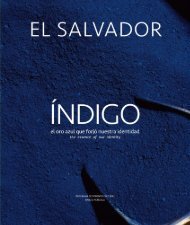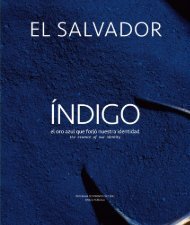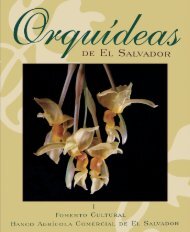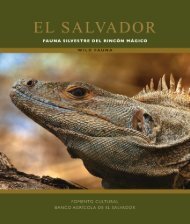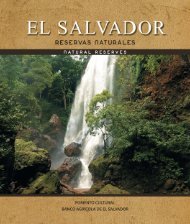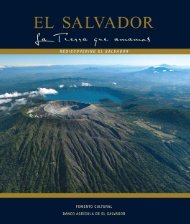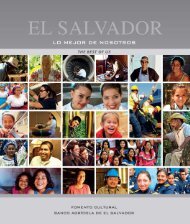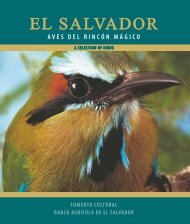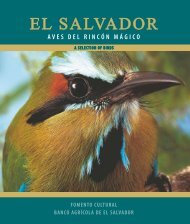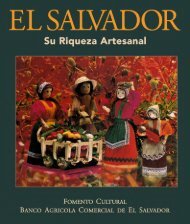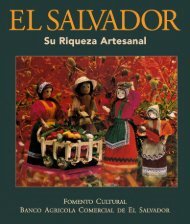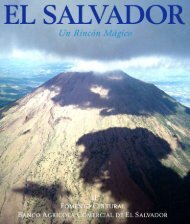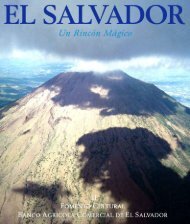Monumentos y Esculturas
Create successful ePaper yourself
Turn your PDF publications into a flip-book with our unique Google optimized e-Paper software.
L<br />
a escultura popular es un oficio heredado y trasformado por<br />
generaciones. Cobra vida desde lo insospechado: barro, piedra,<br />
chatarra, troncos, materiales orgánicos y desperdicios.<br />
L<br />
Popular sculpture is a skill inherited and transformed for<br />
generations. It comes to life from the unsuspected: clay, stone,<br />
scrap metal, logs, organic materials, and scrap material.<br />
El escultor popular es conocido también como imaginero: Su trabajo<br />
se basa en la imaginación y la memoria. Tiene desarrollados los<br />
sentidos de la vista y el tacto de manera muy diestro.<br />
La escultura popular representa la identidad de los pueblos: sus amores<br />
y miedos, sus pasiones, la tradición oral y los seres mitológicos nunca<br />
vistos pero imaginados, creados por ellos, sus héroes. En ella, la<br />
transformación de la materia no depende de cánones estéticos; en los<br />
personajes populares en máscaras y esculturas de pequeño formato,<br />
perviven los siglos de imaginación que agregan uno a uno rasgos.<br />
En El Salvador, existen varias tradiciones de escultura popular: desde<br />
las pequeñas figuras modeladas en barro en Ilobasco, hasta los<br />
deslumbrantes seres de chatarra de Atiquizaya. La madera cobra vida<br />
por diferentes rumbos: desde lo santo, con su resabio colonial, hasta<br />
lo profano: con la risa y el miedo.<br />
The popular sculptor is also known as “imaginero” (he who creates<br />
from images, in colloquial Savadorean speech): His work is based on<br />
imagination and memory. He has developed the senses of sight and<br />
touch very sharply.<br />
Popular sculpture represents the identity of the people: their loves and<br />
fears, their passions, oral tradition and mythological beings, unseen<br />
but imagined, created by them, their heroes. In it, the transformation<br />
of matter does not depend on aesthetic canons; in the popular<br />
characters in masks and small sculptures, centuries of imagination live<br />
out, adding features one to one.<br />
In El Salvador, there are several popular traditions of sculpture. From the<br />
small figures modeled in clay in Ilobasco, to the dazzling scrap beings<br />
of Atiquizaya. The wood comes alive in different directions; from the<br />
holy, with its colonial relic, to the profane with laughter and fear.<br />
Don Quijote. Figura recurrente en la escultura del Atiquizayense Melara Farfán.<br />
Don Quixote. Recurring figure Atiquizayan sculpture Melara Farfán.<br />
110 111



